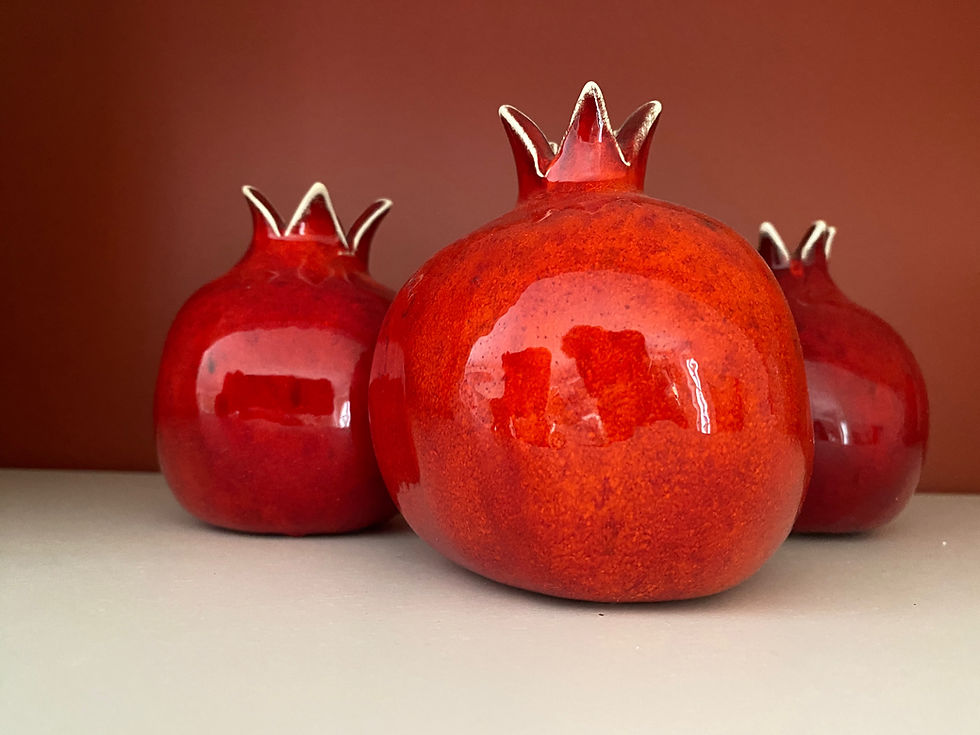Resurrection! Now What?
- The Rev. CJ Coppersmith

- Apr 20, 2024
- 2 min read

After Easter, the next 50 days are filled with texts from the resurrection appearances, texts from John that provide street signs from Jesus, that I am the vine, I am the shepherd, and summary statements from Acts and John on the meaning of Jesus’ life and how we are to live, there is the Ascension, and then Pentecost. This time is also called the Mystagogia, which was the time in the early church, when catechumens, those who had spent three years preparing for their baptism at the East Vigil, which was also the point of their first eucharist, were instructed in the meaning and the mysteries of the eucharist and the eucharistic community of which they were now a part. They also received instruction in how to integrate this eucharistic existence with their lives.
At the Easter Vigil, we did all renew our baptismal vows in a beautiful evening service. These 50 days can be a time for us to reflect on how the resurrection encounter is revealed in the eucharist that we experience, and how that integrates, and what that opens in our lives. One path to this is to think about how we felt at Easter, and after Easter, at different points throughout our lives. How have we changed? How have we grown? Is there new wonder? Is there lost wonder? If lost, can it be found, embraced and renewed?
As James K.A. Smith points out in his book “How to Inhabit Time,” we hear the lectionary texts over and over again, some changes in the three year lectionary cycle, but as we grow and as our contexts change, we hear them and preach them differently as we step through our lived lives. The texts from Matthew, Mark and Luke spiral upward as we hear them in our lives, almost DNA-like, a triple helix of connection and creation within us, defining how our beings unfold and be revealed in the time that is our lives.
Blessings,
CJ+








Comments